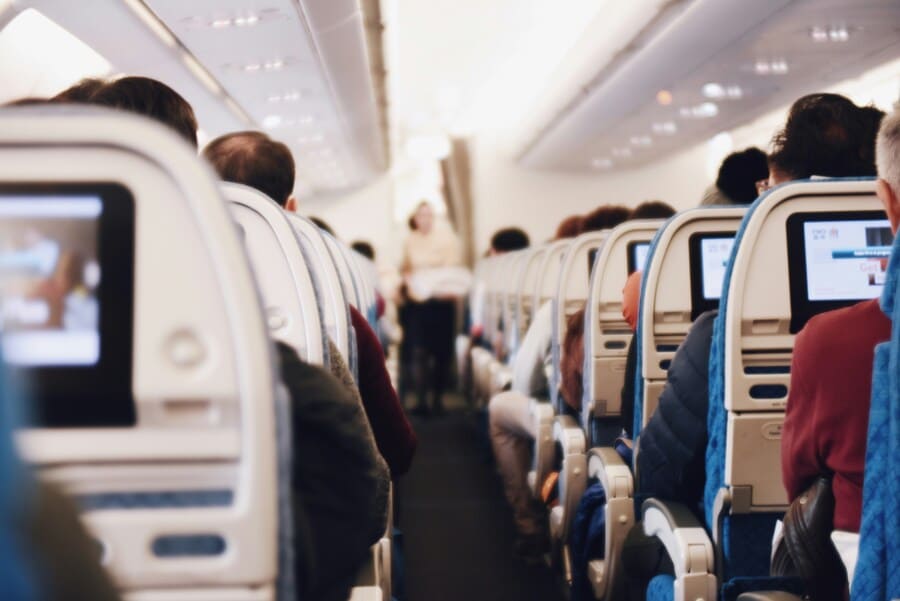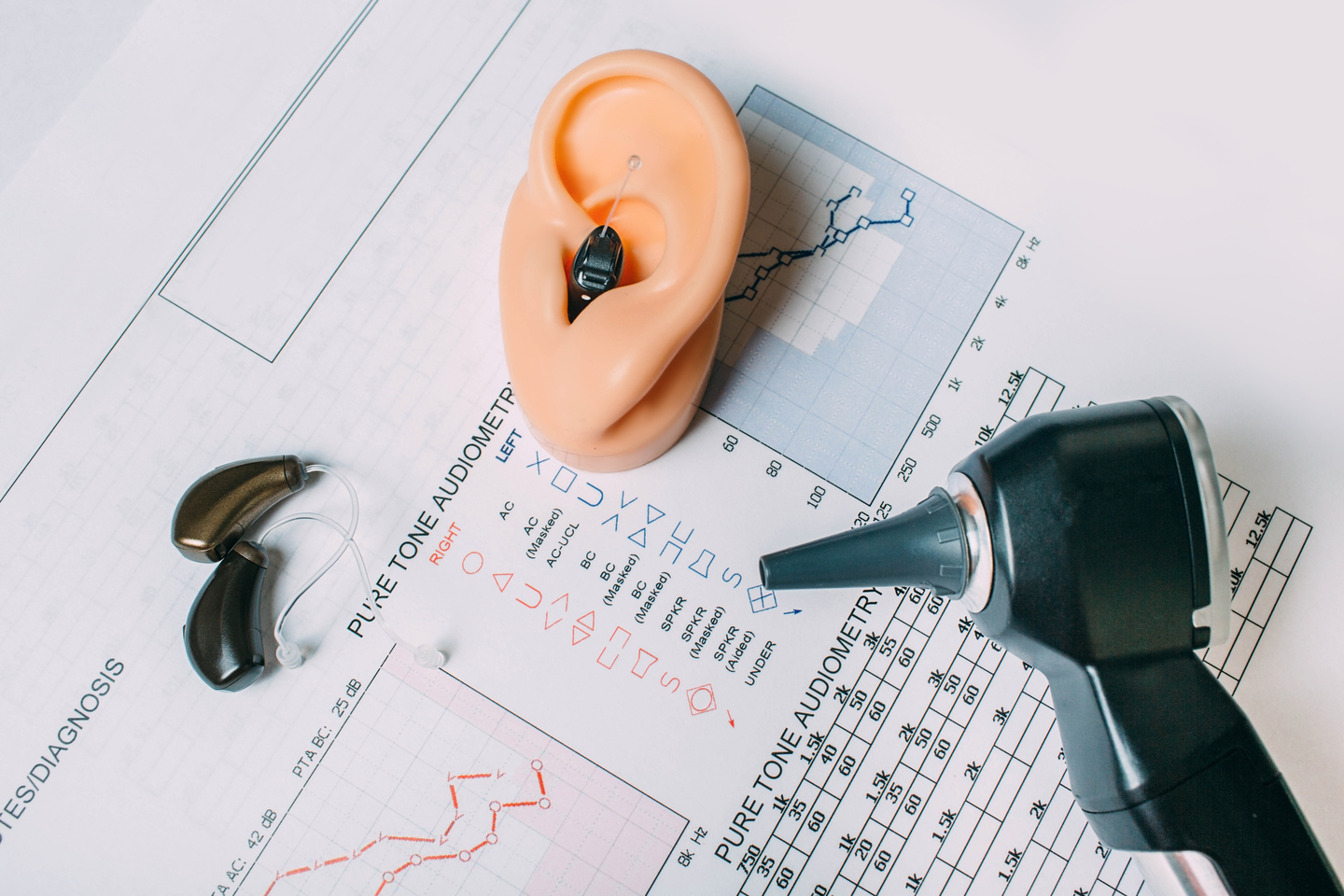Balloon Dilation of the Eustachian Tube
What is balloon dilation of the Eustachian tube?
The Eustachian tube is a narrow passage surrounded by bone, muscle, and cartilage. The balloon works to spread and dilate this tissue and widen the tract of the tube so that air can pass more freely between the nose and the middle ear. By dilating the Eustachian tube, the symptoms of ear fullness, pressure, clicking, and muffling can be improved. Furthermore, balloon dilation can resolve chronic ear infections and improve symptoms of pain and pressure when flying.
How do I know if I’m a candidate?
An evaluation by an otologist (ear specialist) is recommended to determine if this procedure is appropriate for you.
Candidates for this surgery include:
- Patients for whom medications do not work to treat symptoms
- Recurrent middle ear infections
- History of ear tube placement
What diagnostic tests are required before the procedure?
Your ear surgeon likely perform the following tests:
- Audiogram (hearing test)
- Tympanogram
- CT scan of the sinuses
- Nasal Endoscopy
What kind of anesthesia is used for the procedure?
The balloon dilation procedure can be performed either in the office under local anesthesia, or in the operating room with general anesthesia.
How is the procedure performed?
The procedure is quick and patients go home the same day. Under endoscopic guidance, the surgeon will dilate the Eustachian tube through the nose. After adequate dilation, the stent and camera are removed from the nose. There are no incisions made during this procedure and no materials are left in the patient.
What are the advantages of the balloon procedure over other procedures for the Eustachian tube?
Unlike myringotomy tubes, which are commonly used to treat ETD, the balloon dilation procedure allows the Eustachian tube to gain back its function without leaving any implants or stents in the ear. Myringotomy tubes are used to temporarily ventilate the middle ear, but they do not help solve the fundamental issue of Eustachian tube dysfunction. Balloon dilation can help restore the natural function of the Eustachian tube.
How is the recovery from this procedure?
Recovery is quick and painless. You should be able to return to your normal activity the following day. There are no incisions involved with this surgery, resulting in a shorter healing time.








